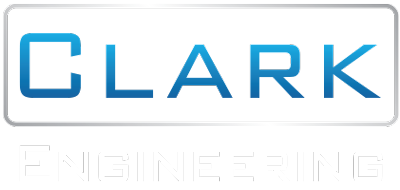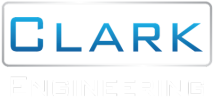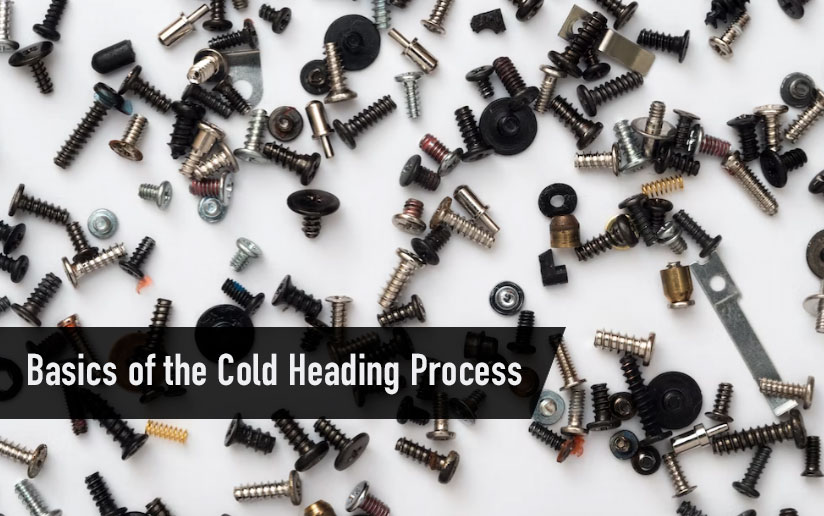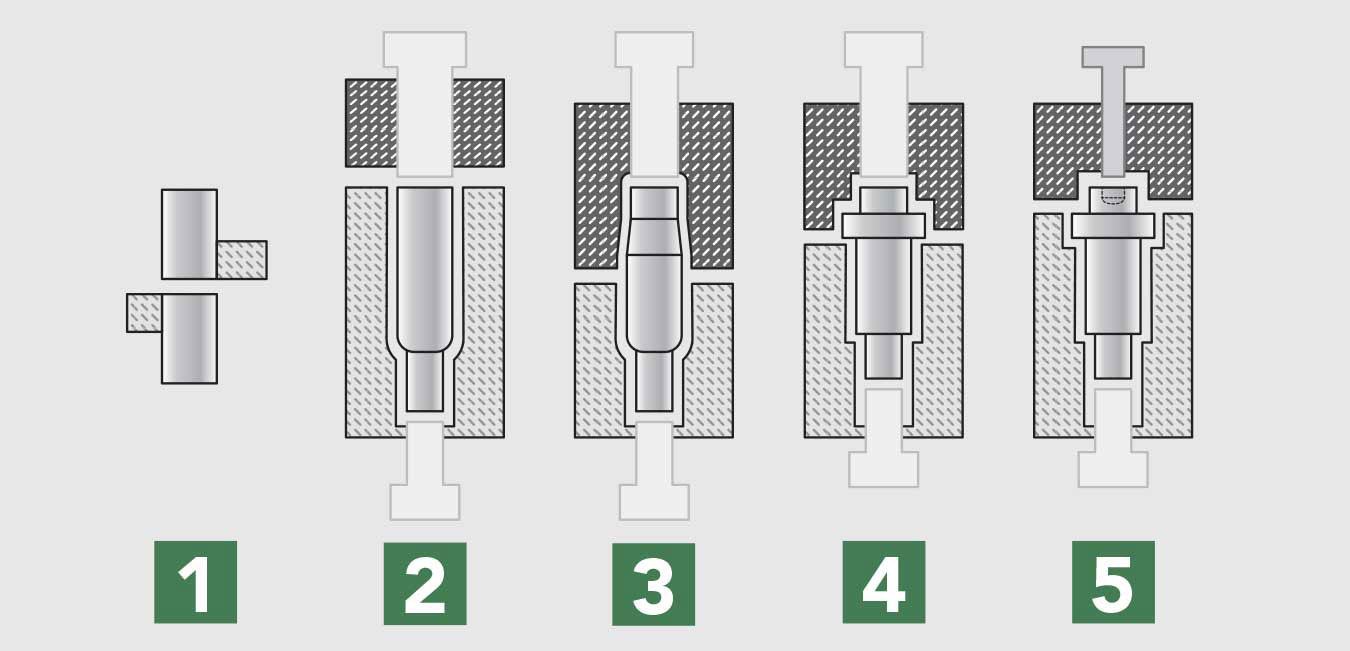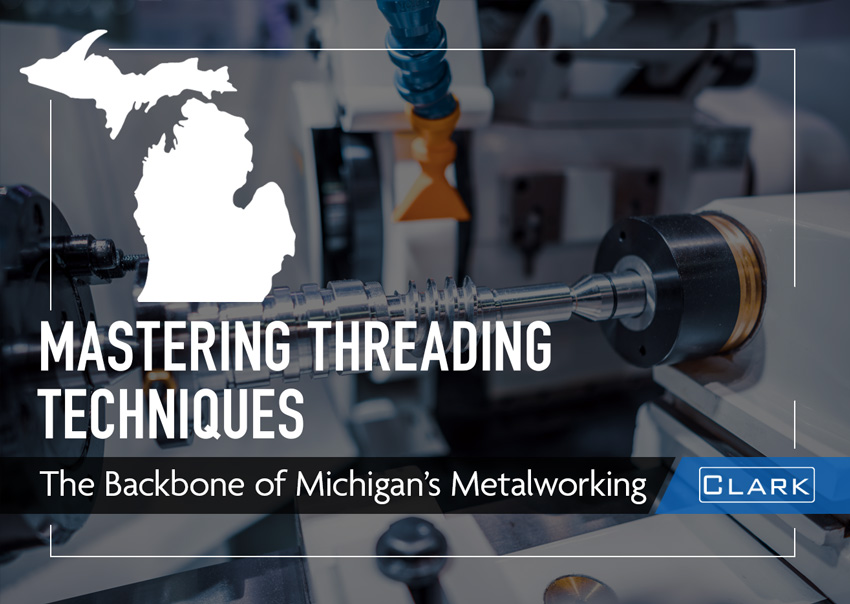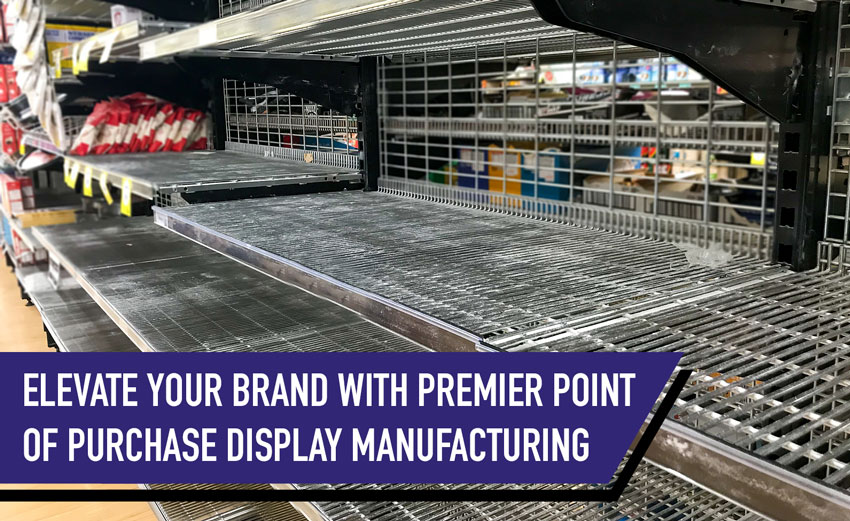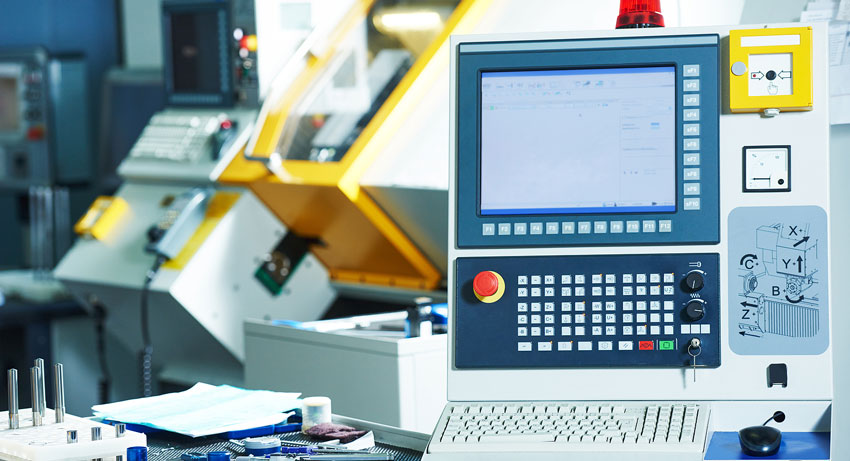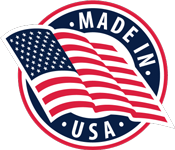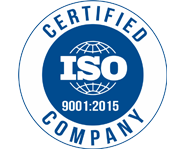The manufacturing world has changed over the years. Thanks to new manufacturing methods, we are moving towards a more efficient and affordable world.
Bolts are the essential parts used in manufacturing, regardless of the industry. The cold Heading process creates these bolts at a more commercial level. This article will discuss the cold heading process and its basics to make it more straightforward for readers. Let’s begin.
What Is Cold Heading?
Cold heading is one of the two most popular methods used in the manufacturing industry. It helps manufacturers create simple bolts if they have a piece of metal.
The other method used in this approach is called screw machining, which cuts the bare metal until the professionals have a simple screw/ bolt-type design. Once this basic design is in place, the manufacturers can add further threads.
Because of so many different steps involved in the Process, there’s a lot of metal waste in the cold heading process. There’s over a 35% pocket range difference that you may experience in this regard.
This cost generally increases if the manufacturers do not recycle any of the metal wasted in the Process. By using the wasted metal, the companies can easily create fasteners for much more affordable rates and make the business profitable.
Basics of the Cold Heading Process
The cold heading process usually forces a metal piece without wasting or removing any metal used. An easier way to understand the process is to think it has form moulding.
However, in this case, the moulding is done with metal. The main reason bolt and fastener manufacturers use cold heading is that it minimizes the raw material waste from the process.
What does the Process Require?
To create bolts and fasteners with the cold heading, the professionals need to use a specific machine and utilize it throughout the Process. The suitable machine for cold heading depends on the material used in manufacturing, as some machines may be more beneficial than others.
Moreover, the manufacturers must also consider the final type of fastener they wish to have by the end of the Process.
Basics of Cold Heading
Cold heading, also called cold forming, is a step-by-step method for metal formation. With these metals, one can get net-shaped similar parts in their final designs. Slug, one of the most common products from cold heading, is created by cutting from a coil material that runs continuously.
Multiple mighty hammers and dies work within the cold heading process. This way, there’s little to no wastage from the Process, and the final products are much more pocket-friendlier than others. The best part is that with the cold heading, the final volume of the slug is pretty similar to the starting volume.
Because the Process uses a die, there’s a consistent design instead of cutting it down in parts from the blank. With the cold heading process, the final products are more robust, have smoother surfaces and have better graining surfaces at the end.
On the other hand, conventional methods like metal cutting are slower and can waste up to 60% of raw material in the manufacturing process.
Consequently, the cold heading is a better choice than machining, which is best for commercial production, and its efficiency remains accurate (up to +/- .002″ without any other operations).
Progression
Progression is a step-by-step process used in manufacturing that makes the final product more efficient. The Process begins with a slug, and the products become more and more accurate in the final look. It would help if you had more progression for specifically tailored fasteners than simple ones. The simpler fasteners may only require 1 or 2 blows from the machine.
However, the progression is not the same for each step. Each product type has a specified number of dies, punches and hammers. These designs focus on unique specifications, depending on the needs.
Moreover, the design progression also varies based on the raw materials used for the fastener production. For instance, softer metals, such as Copper, Aluminum, don’t require much processing. They are more accessible to mould and can be prepared quickly.
However, harder metals such as Stainless Steel or nickel alloys require more punches, dies and processing to get the right product from them.
Essential Techniques Used in Cold Forming
Cold forming or cold heading processes are pretty simple in most cases. If we talk about the processes used in cold forming, extrusions and upsets are the two main approaches used in the process.
The main principle of these methods is to apply sufficient force on the metal sections, which requires various dies. Therefore, each process requires a specific number of hammering, processing, and hammering with specifically designed machines.
Upsets
Upsets are the primary approach used in cold heading in today’s commercial manufacturing. In this process, the slug reduces height, and its starting diameter is more significant. With the upset technique, you can create a part’s head and assist with open tooling.
The choice between tooling options may vary based on the shape and location of the upsets. For example, the main parts of the upsets can have various diameters and designs. The manufacturers may also use multiple upsets with different designs throughout the setting.
Extrusions
Extrusion is the second most common method used in cold forming. The cold heading process has two different sub-categories based on their final design. Let’s discuss this.
Forward Extrusions
The material is run through a more minor diameter system in the forward extrusions, increasing its length. In this approach, the raw material may be in the tooling ultimately or to some extent.
Backward Extrusions
There’s a penetrating punch or a pin in backward extrusions through which the metal flows. The metal may need to be in a die or punch insert throughout this step. With the backward extrusion, professionals may typically create a hole or opening into the metal.
Cold Heading is a popular method used in industrial manufacturing. It is mainly used for creating screws, bolts and fasteners. However, cold heading provides a more persistent, innovative, and cost-effective alternative. It helps reduce raw material wastage and optimize the overall process.
